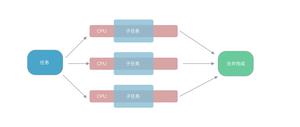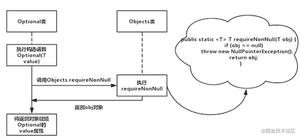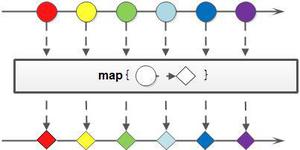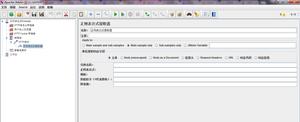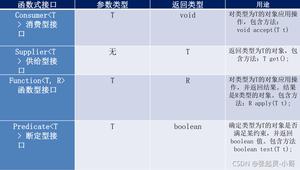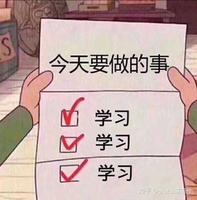java8中:: 用法示例(JDK8双冒号用法)
JDK8中有双冒号的用法,就是把方法当做参数传到stream内部,使stream的每个元素都传入到该方法里面执行一下。
代码其实很简单:
以前的代码一般是如此的:
public class AcceptMethod {
public static void printValur(String str){
System.out.println("print value : "+str);
}
public static void main(String[] args) {
List al = Arrays.asList("a","b","c","d");
for (String a: al) {
AcceptMethod.printValur(a);
}
//下面的for each循环和上面的循环是等价的
al.forEach(x->{
AcceptMethod.printValur(x);
});
}
}
现在JDK双冒号是:
public class MyTest {
public static void printValur(String str){
System.out.println("print value : "+str);
}
public static void main(String[] args) {
List al = Arrays.asList("a", "b", "c", "d");
al.forEach(AcceptMethod::printValur);
//下面的方法和上面等价的
Consumer methodParam = AcceptMethod::printValur; //方法参数
al.forEach(x -> methodParam.accept(x));//方法执行accept
}
}
上面的所有方法执行玩的结果都是如下:
print value : a
print value : b
print value : c
print value : d
在JDK8中,接口Iterable 8中默认实现了forEach方法,调用了 JDK8中增加的接口Consumer内的accept方法,执行传入的方法参数。
JDK源码如下:
/**
* Performs the given action for each element of the {@code Iterable}
* until all elements have been processed or the action throws an
* exception. Unless otherwise specified by the implementing class,
* actions are performed in the order of iteration (if an iteration order
* is specified). Exceptions thrown by the action are relayed to the
* caller.
*
* @implSpec
* <p>The default implementation behaves as if:
* <pre>{@code
* for (T t : this)
* action.accept(t);
* }</pre>
*
* @param action The action to be performed for each element
* @throws NullPointerException if the specified action is null
* @since 1.8
*/
default void forEach(Consumer<? super T> action) {
Objects.requireNonNull(action);
for (T t : this) {
action.accept(t);
}
}
另外补充一下,JDK8改动的,在接口里面可以有默认实现,就是在接口前加上default,实现这个接口的函数对于默认实现的方法可以不用再实现了。类似的还有static方法。现在这种接口除了上面提到的,还有BiConsumer,BiFunction,BinaryOperation等,在java.util.function包下的接口,大多数都有,后缀为Supplier的接口没有和别的少数接口。
总结
以上是 java8中:: 用法示例(JDK8双冒号用法) 的全部内容, 来源链接: utcz.com/z/318385.html

